Eco-Friendly Commercial Roofing Solutions
Green roofing, also known as living roofs or rooftop gardens, refers to the installation of a layer of vegetation placed on top of a waterproofing system on a building's roof. This innovative roofing solution not only promotes sustainability but also presents a host of other benefits like thermal insulation, reduced stormwater runoff, and enhanced roof lifespan. The concept of green roofing is not new; it has been in practice for centuries across several cultures, with modern iterations becoming increasingly sophisticated, incorporating elements like irrigation systems, solar panels, and advanced waterproofing materials.
Eco-friendly solutions in construction are not just a trend; they are a necessity in today's world. With the escalating concerns about global warming and environmental degradation, the construction industry is obliged to devise strategies that reduce its environmental footprint. Green roofing is one such solution that strikes a balance between construction needs and environmental responsibility.
By incorporating vegetation, it helps in reducing carbon emissions, improving air quality, and promoting biodiversity in urban settings. In addition, green roofs offer significant energy savings, thereby proving to be a cost-effective solution in the long run. The rising popularity of
green roofing in commercial buildings can be attributed to the growing awareness of climate change and the need for sustainable development. Businesses are increasingly recognizing the benefits of green roofs, not only in terms of energy efficiency but also as a visual statement of their commitment to sustainability.
Furthermore, green roofs also provide additional space for recreational activities or urban farming, adding value to the property. High-profile projects like the Vancouver Convention Centre in Canada and the California Academy of Sciences in San Francisco have set impressive precedents for green roof implementation, inspiring more businesses to follow suit.
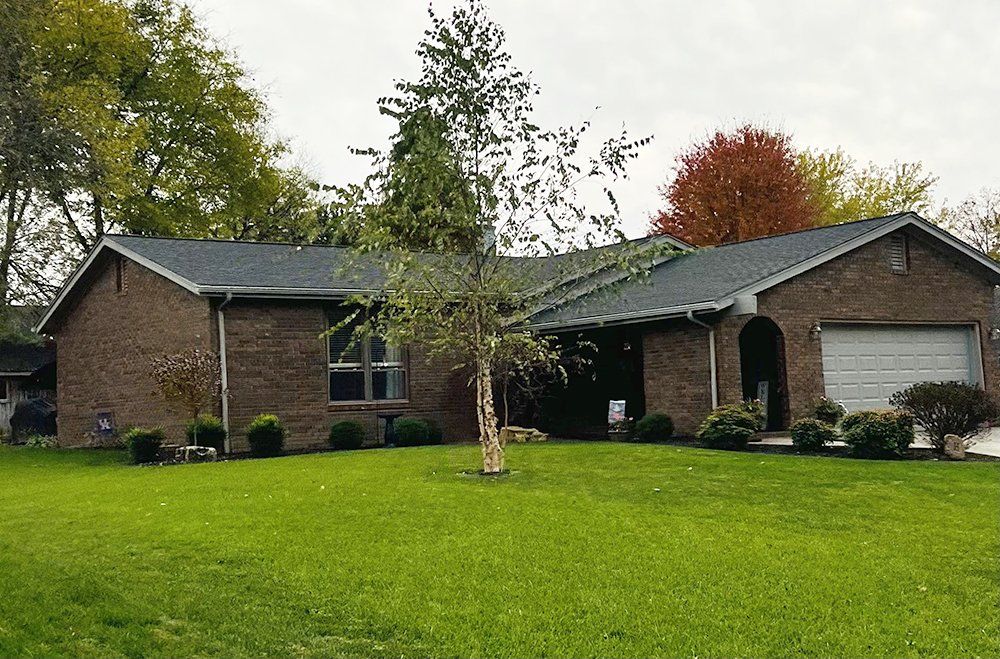
What is Green Roofing?
What is Green Roofing? Green roofing, also known as 'living roofs,' combines traditional roofing materials with a layer of vegetation to create a roof that isn't just a protective barrier, but a beneficial ecosystem. These roofs are designed to foster plant growth, providing a green solution that not only enhances the aesthetic appeal of the building but also contributes positively to the environment. Green roofs come in three main types: extensive, semi-intensive, and intensive.
Extensive Green Roofs
Extensive green roofs are the simplest form, consisting of a thin layer of soil and drought-resistant plants like sedums or grasses. These roofs are lightweight and require minimal maintenance, making them ideal for buildings with load-bearing limitations.
Semi-Intensive Green Roofs
Semi-intensive green roofs, on the other hand, have a deeper layer of soil that can support a wider variety of plants, including shrubs and small trees. While they require more maintenance than extensive roofs, they also provide greater environmental benefits.
Intensive Green Roofs
Lastly, intensive green roofs are essentially rooftop gardens, featuring the deepest soil layers and allowing for a wide variety of plant species, including trees. These roofs require the most maintenance but provide the greatest aesthetic and ecological benefits.
The Basic Structure of a Green Roof
The basic structure of a green roof includes four main components: a root-repellent system, a drainage system, a growing medium, and plants. The root-repellent system is essential to prevent roots from penetrating the building's structure. The drainage system helps manage water runoff and ensures the roof doesn't become waterlogged. Above these layers is the growing medium, typically a lightweight soil or a soilless substance, that provides the necessary nutrients for plant growth. Lastly, the plants, chosen based on the type of green roof and the local climate, are planted into the growing medium. These plants then contribute to the look, functionality, and environmental benefits of the roof.
In summary, green roofing is an
eco-friendly commercial roofing solution that integrates vegetation with traditional roofing materials. With different types of green roofs available and a basic structure designed to support plant growth and protect the building, green roofing offers a way to balance construction needs with environmental responsibility.
Benefits of Green Roofing
Green roofing, not only contributes to the appeal and functionality of a building but also offers several environmental, economic, and social benefits which make it a worthy investment for commercial properties.
The Environmental Benefits of Green Roofing
The environmental benefits of green roofing are manifold. Firstly, a green roof significantly reduces stormwater runoff. It acts as a sponge, absorbing and storing rainwater, thereby mitigating the risk of flooding and sewer overflows. In addition to this, it helps in combating the urban heat island effect. Urban areas often experience higher temperatures due to the heat absorbed and radiated by buildings and asphalt. A green roof reduces this effect by providing shade and removing heat from the air through evapotranspiration. Furthermore, green roofs improve air quality. The plants on the roofs filter particulates from the air and absorb CO2, releasing oxygen back into the environment.
Economic Benefits
From an economic standpoint, green roofing is a sensible choice for commercial properties. The vegetation layer on the roof acts as an additional insulating barrier, improving energy efficiency by reducing the need for heating in the winter and cooling in the summer. This, in turn, leads to lower energy bills. Moreover, a green roof, due to its robust structure, can extend the lifespan of a roof by protecting it from harsh weather elements, reducing the costs associated with roof repair and replacement. Lastly, green roofs can potentially increase property value, as they are increasingly sought after in the commercial real estate market.
The Social Benefits
The social benefits of green roofs are equally compelling. They enhance the aesthetic appeal of buildings, providing a green oasis in urban environments. Green roofs can also create habitats for bees, birds, and other wildlife, thereby contributing to biodiversity in cities. Furthermore, the vegetation layer on a green roof acts as a sound barrier, absorbing and deflecting sound waves, leading to a significant reduction in noise pollution.
Case Studies of Successful Green Roofing Projects
In the last few years, there has been a surge in commercial buildings opting for green roofing solutions. One such example is the Ford Dearborn Truck Plant in Michigan. Covering a massive 10.4 acres, this living roof not only improved the building's energy efficiency but also contributed significantly to the reduction of stormwater runoff. The roof, covered with sedum plants, absorbs rainwater, reducing the amount of water entering the sewer system by 4 million gallons annually. The green roof also helps to keep the building cool during summer and warm during winter, resulting in substantial energy savings.
Another impressive example is the Vancouver Convention Centre in Canada. This large-scale green roof has been designed to mimic the local coastal grassland ecosystems. It not only helps to mitigate the urban heat island effect, but also serves as a habitat for birds, insects, and other wildlife. This eco-friendly roofing solution has also significantly improved the air quality in the surrounding areas, and has won several awards for its innovative and environmentally-friendly design.
The green roof installed on the PNC Financial Services Group headquarters in Pittsburgh, Pennsylvania, is yet another testament to the
impact of green roofs on commercial buildings. Known as the largest green roof in the region, this project has greatly improved the energy efficiency of the building and has also extended the lifespan of the roof itself.
These case studies serve as models for other businesses considering the adoption of green roofing. They showcase the tangible benefits and positive impact of green roofs on commercial buildings. From improving the building's energy efficiency to contributing to environmental sustainability, these projects highlight the multifaceted advantages of investing in green roofing solutions.
Challenges in Implementing Green Roofing
High Upfront Costs and Regular Maintenance
Despite the numerous advantages of green roofing, incorporating this eco-friendly solution into commercial projects isn't without its challenges. The most common hurdles include the potentially high upfront costs, stringent structural prerequisites, and the need for regular maintenance.
The initial investment for green roofs can be significantly higher than traditional roofing due to the complexity of their design and installation. They necessitate a sturdy structure capable of withstanding the weight of soil, plants, and accumulated water. Additionally, a green roof requires regular maintenance to keep the vegetation healthy and the drainage system functioning effectively, adding to the ongoing costs.
Effective Ways to Address These Issues
However, these challenges should not deter businesses from considering green roofing, as there are effective ways to address these issues. Strategies to control costs include looking for government grants or incentives that encourage environmentally friendly building practices. Similarly, the structural requirements for green roofs can be addressed during the planning stage of a construction project, ensuring the building is designed to support the additional load.
As far as maintenance is concerned, it can be managed effectively with a proper plan in place. The use of native or drought-resistant plants can reduce the need for watering and upkeep. Moreover, regular inspection and maintenance of the drainage system can prevent issues from becoming costly problems in the future.
In conclusion, while the challenges associated with green roofing are real, they can be effectively mitigated. By doing so, businesses can enjoy the multitude of benefits that green roofs offer, as demonstrated by successful projects like the Ford Dearborn Truck Plant, the Vancouver Convention Centre, and the PNC Financial Services Group headquarters.
Future of Green Roofing
The future of green roofing is inherently linked to the broader movement towards sustainable construction. Green roofs are a vital aspect of this trend, acting not only as a symbol of environmental consciousness but also as a practical solution for reducing the environmental impact of buildings. They are an effective tool for reducing energy consumption, enhancing biodiversity, and managing stormwater runoff, among other benefits. These advantages are driving architects, developers, and businesses to incorporate green roofs into their designs and operations. As more successful commercial projects emerge, the commercial viability of green roofs is becoming increasingly apparent, reinforcing their role in the future of sustainable construction.
The Potential Developments in Green Roofing Technologies
The potential developments in green roofing technologies are exciting and could further propel the adoption of green roofs. Technological advancements are expected to make green roofs easier to install, more efficient, and more affordable. For instance, the development of lightweight green roof systems is reducing structural requirements, making it feasible to retrofit existing buildings with green roofs. In addition, innovations in irrigation systems are helping to reduce the maintenance needs of green roofs. These advancements are reducing the barriers to green roof adoption, making it a more accessible solution for all types of buildings.
In conclusion, while the adoption of green roofing in commercial buildings faces challenges such as high initial costs and ongoing maintenance needs, these are being increasingly mitigated by advances in technology and supportive policies. With the continued growth of the sustainable construction movement, green roofs will likely become a standard feature of commercial buildings in the future. They offer a tangible way for businesses to demonstrate their commitment to sustainability, while also reaping significant environmental and financial benefits. Thus, despite the challenges, the future of green roofing looks promising.
Conclusion
In summary, green roofing represents a pivotal shift towards sustainable building practices, offering multifaceted benefits that extend beyond mere environmental conservation. By incorporating vegetation and other eco-friendly materials into commercial roofing solutions, green roofs mitigate urban heat island effects, improve air quality, reduce stormwater runoff, and enhance energy efficiency.
Moreover, they provide aesthetic appeal, recreational space, and habitat for wildlife, fostering a harmonious coexistence between urban development and nature. Through case studies showcasing successful green roofing projects, stakeholders gain insights into practical implementation strategies and measurable outcomes, bolstering confidence in adopting similar initiatives.
As the global focus on sustainability intensifies, the future of green roofing appears promising, with ongoing research, technological advancements, and regulatory support poised to accelerate its widespread adoption, ultimately shaping more resilient, environmentally conscious cities for generations to come. Fraley's Home Improvement provides expert roofing solutions for residential and commercial properties, offering installation, repair, and maintenance services with a commitment to quality and customer satisfaction. Trust Fraley's for reliable and durable roofing solutions tailored to your needs.
Name, Address, and Phone
Fraley's Home Improvement
402 Smith Ave, Henderson, Kentucky, 42420, US
270-279-0132
Social Media’s
https://www.facebook.com/189393628365
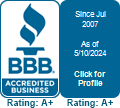

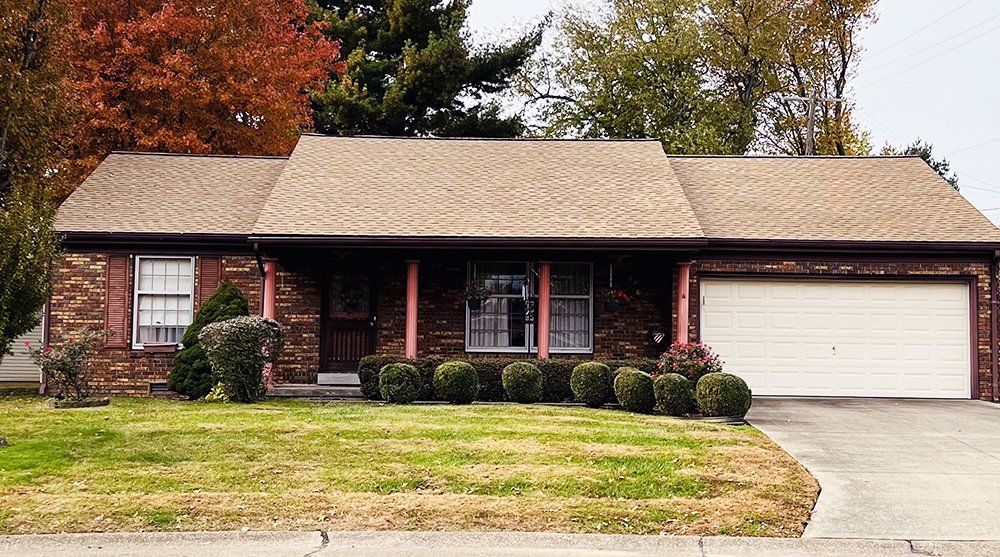
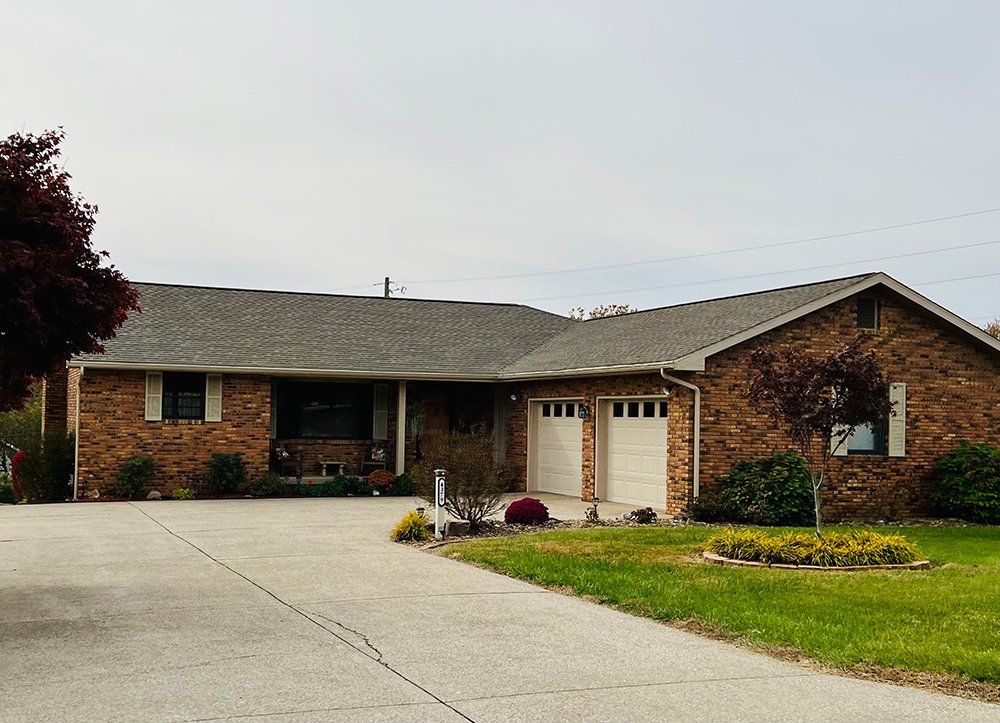
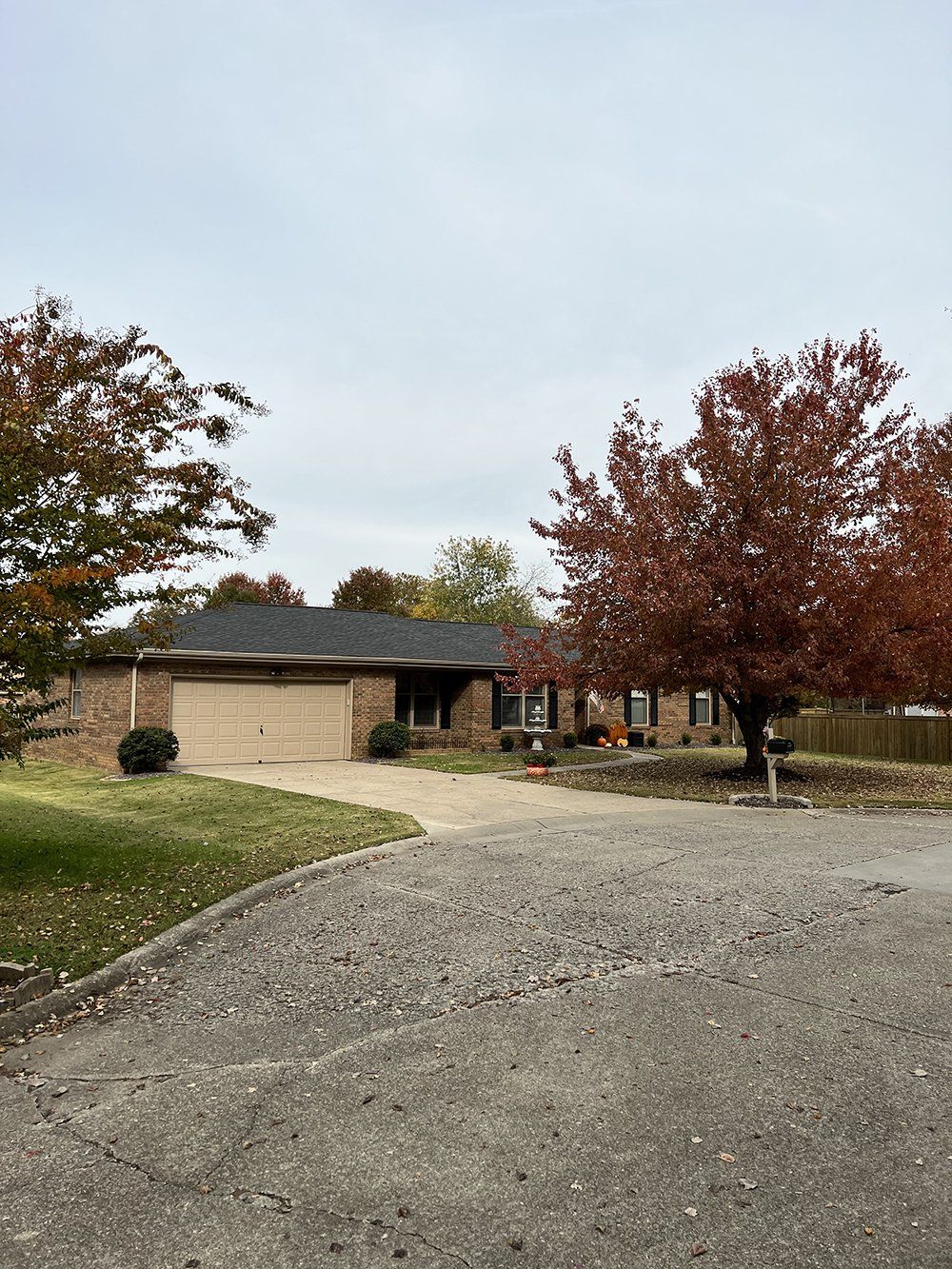
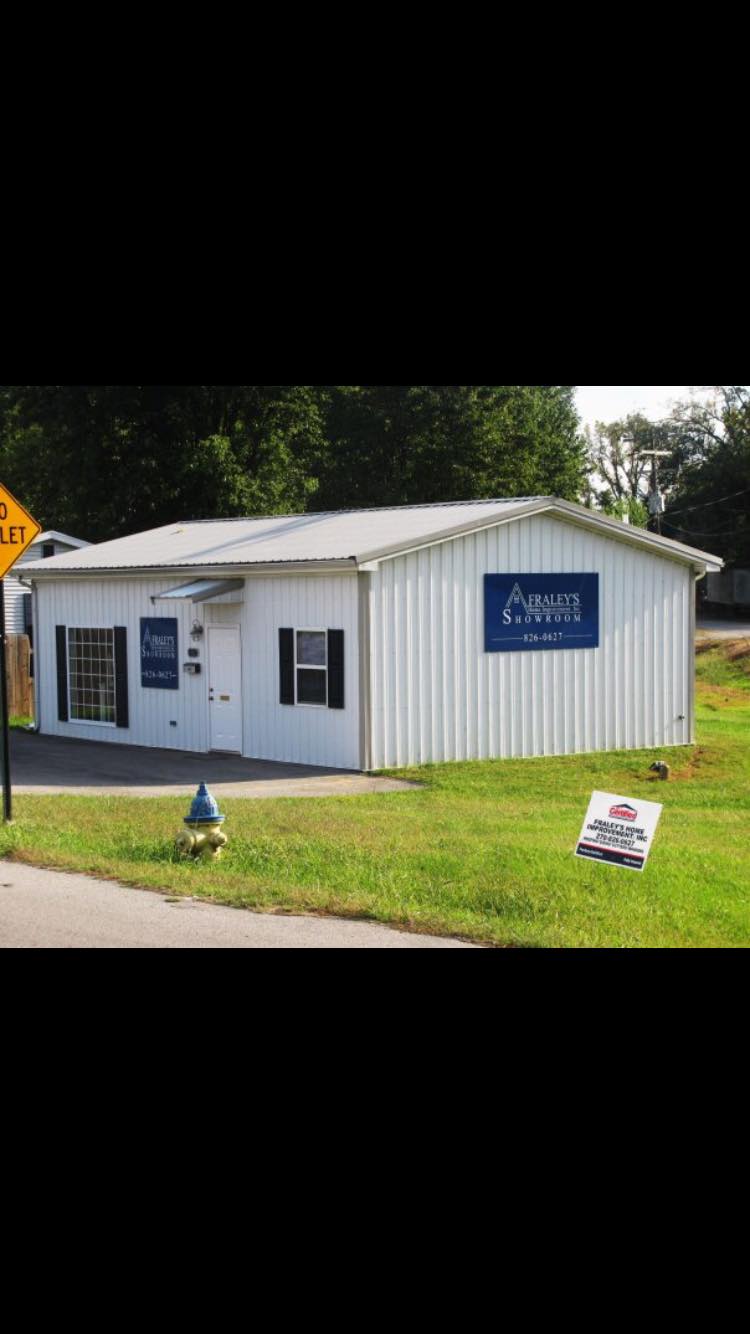
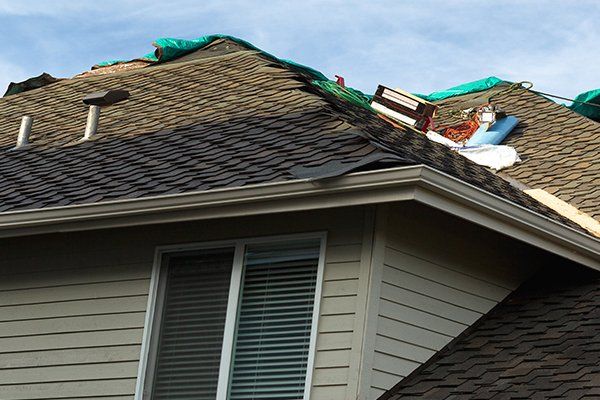
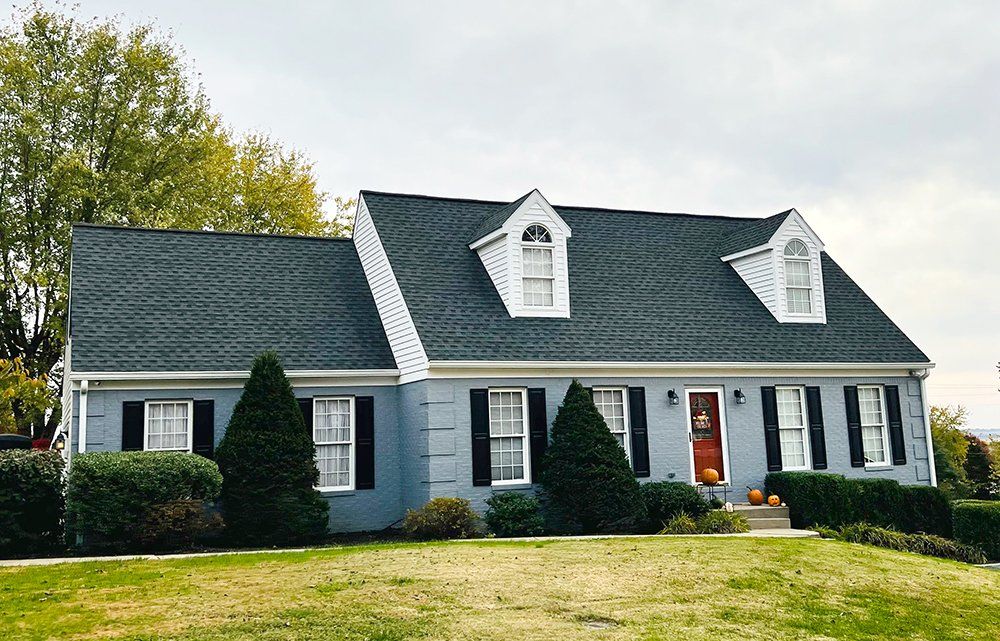
Share On: